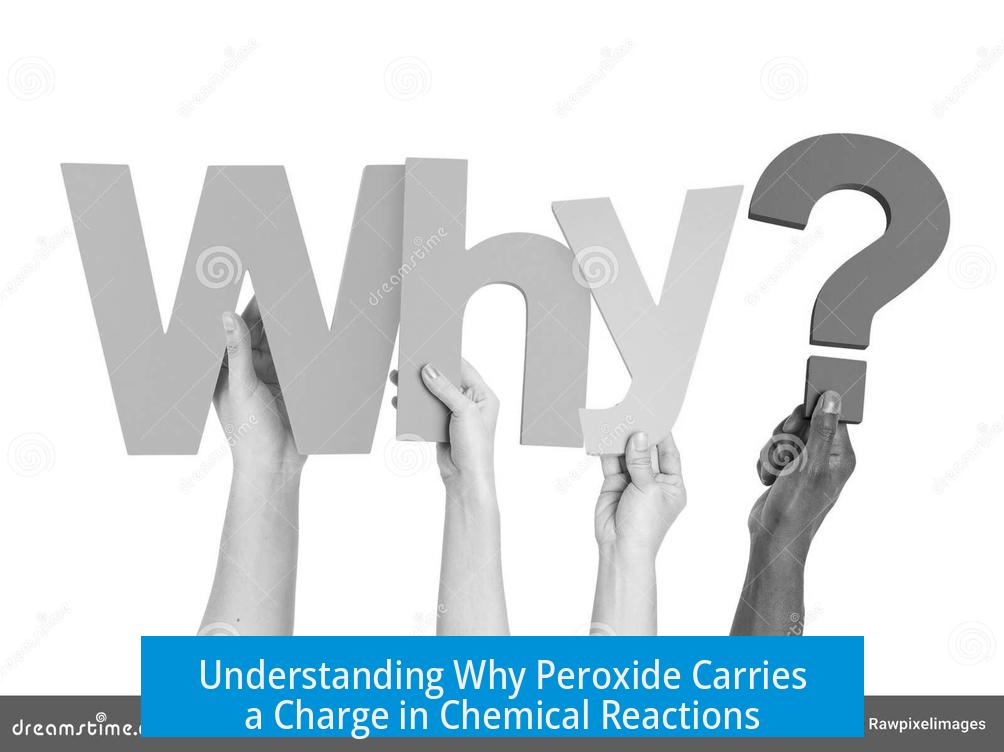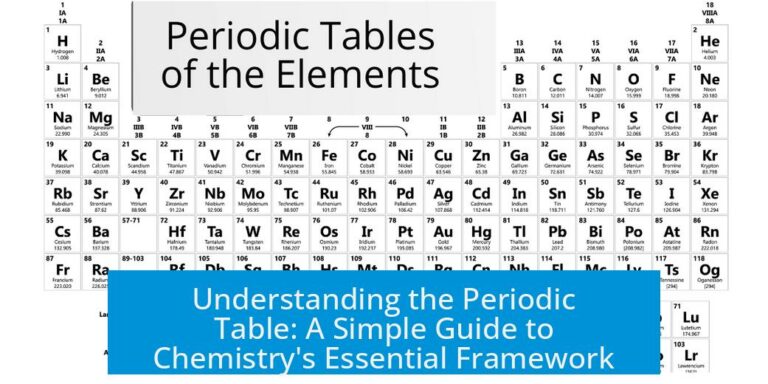Why Is Peroxide Charged?
Peroxide ion (O22-) carries a negative charge because it has gained two extra electrons after losing hydrogen atoms, unlike neutral hydrogen peroxide (H2O2), where oxygens are bonded to hydrogens and the molecule remains uncharged.
Peroxide vs. Hydrogen Peroxide
Hydrogen peroxide, H2O2, consists of two oxygen atoms bonded together, each also bonded to a hydrogen atom. This molecule is neutral overall because the bonding balances the charges. Both oxygen atoms share electrons evenly with their hydrogen atoms and each other, forming single bonds.
In contrast, the peroxide ion (O22-) arises when hydrogen ions are removed from H2O2. The two oxygens remain connected by a single bond but now carry two extra electrons in total, giving the ion a 2− charge. These extra electrons localize on the oxygen atoms, producing the overall negative charge.
Electron Distribution and Charge Development
- In peroxide ion, two hydrogen atoms detach as protons (H+).
- The electrons that were in the O–H bonds remain with the oxygens.
- This results in an oxygen-oxygen single bond with two additional electrons for charge balance.
- Hence, the peroxide ion holds a net charge of 2−.
This contrasts with molecular oxygen (O2) which is neutral and contains a double bond between two oxygen atoms without extra electrons.
Role in Compounds
The peroxide ion often exists in ionic compounds called peroxides. For example, in sodium peroxide (Na2O2), two sodium cations (Na+) balance the 2− charge of the peroxide ion. Thus, the charge on peroxide is critical for forming these salts and their chemical reactivity.
Summary Table of Oxygen Species
| Species | Bonding | Charge |
|---|---|---|
| Oxygen gas (O2) | O=O (double bond) | Neutral |
| Hydrogen peroxide (H2O2) | H–O–O–H (single bonds) | Neutral |
| Peroxide ion (O22-) | O–O (single bond) + 2 extra electrons | 2− charge |
Key Takeaways
- Peroxide ion is charged due to two extra electrons after losing hydrogens.
- Hydrogen peroxide is neutral because the oxygens bond to hydrogens.
- Peroxide ion forms part of ionic compounds balanced by positive cations.
- Electron distribution defines charge differences among oxygen species.
- Understanding peroxide charge clarifies its chemical behavior in compounds.





Leave a Comment